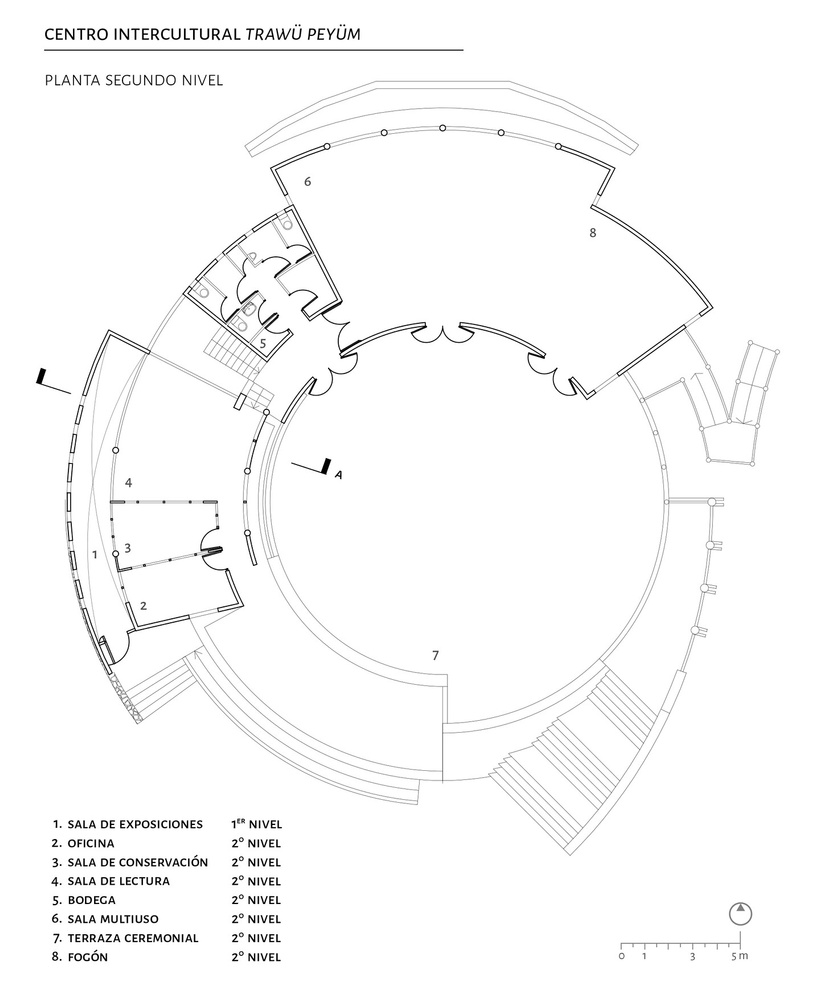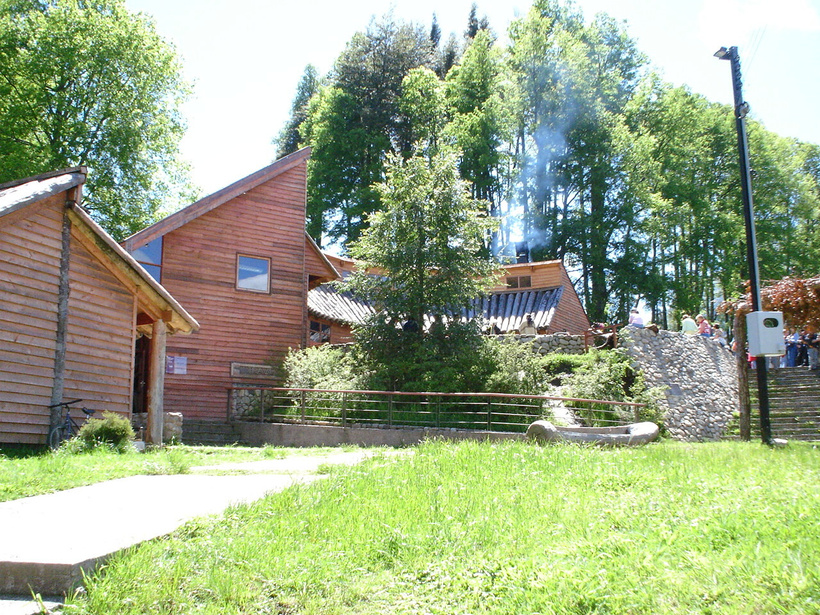Cultural and community identity are mutually informed, at large by what is internal or external to the local population, such as traditions, religious practices, monuments and heritage both intangible and tangible. Public Spaces and buildings represent the identity of the community, as well as host the debate over it. Therefore, architecture must embody and reflect those values. Architecture fundamentally represents human evolution and needs through spaces, being the language of social identity.
Where we live, and how we live is reflected in architecture, transcending into archaeology. The architecture ensures historical continuity and understanding, meaning that new interventions in the environment urban, natural or cultural ought to encompass local identity.
Our article “Place or Space: The site and the great outdoors” introduces the different values of place and space and the importance of understanding and maintaining the landscape surrounding heritage sites. These notions bleed into Architectural integration whether you commission a new community space or add a museum on an archaeological site the identity of heritage ergo the local identity has to harmonise and be present.
In practice, Chile formulated “Indigenous Architectural Design Guides” by the Department of Architecture, Ministry of Public Works, the first Aymara and Mapuche editions of which were published in 2004 and revised in 2016. In Chile, the relationship between the origin population, environmental and cultural impact is not always ideal. The architectural design guides directly serve and impact the community as they seek to integrate native heritage into public spaces, under one equilibrated unified national identity. The guides contain four core principals :
“1) Interculturality, recognising indigenous peoples as parts of a diverse and plural society where all expressions must have equal recognition, respect, and representation.
2) Participation, promoting local development and free exercise of rights of each community.
3) Flexibility, adapting the requirements of each case to the innumerable material and symbolic repertoire of indigenous referents for design.
4) Complementarity, making the criteria of intercultural development a requirement in the processes of public investment.”
For example, the Trawupeyüm Intercultural Village, the community and local and technical teams worked together to define and design the building based on the use and activities planned.

© Plan of Trawupeyüm Intercultural Village, 2002–2004. Photo courtesy of Eliseo Huencho. (source: e-flux)

© Access view, Trawupeyüm Intercultural Village, 2002–2004. Photo courtesy of Eliseo Huencho. (source: e-flux)
Since 2016, Chile has seen an increase in the indigenous self-identification, meaning that considerations in architecture have an impact on social identity. According to the 2019 Longitudinal Study of Intercultural Relations.
The year 2020 is critical to human history as we take a step to reevaluate our identity, manifested by some in negative connotations. Architecture can unify communities and values as a tool to embrace their diversity. The Intercultural Cities program offers many creative ideas for rethinking public space usage, as described in our article Intercultural Cities: built an inclusive community.
Construction of new public areas is not always feasible financially. Nevertheless, small communities can rethink their use of public spaces, including new activities, local crafts or workshops on traditional building practises in the area.
I want to learn more:
Charter for the Conservation of Historic Towns and Urban Areas, ICOMOS
Charter of the Built Vernacular Heritage, ICOMOS
Eliseo Huencho, Indigenous Architectural Design Guides in Chile
Indigenous Architectural Design Guides: Dirección de Arquitectura, Guías de Diseño Arquitectónico Mapuche (Santiago: Ministerio de Obras Públicas, 2016
Longitudinal Study of Intercultural Relations: Estudio Longitudinal de Relaciones Interculturales (Santiago: CIIR, 2019), Centro de Estudios Interculturales e Indígenas
“Stratégies identitaires et minorités: le point de vues de sociologue,” in Stratégies identitaires, eds. Carmel Camilleri et al. (Paris: Press Universitaires de France, 1997).
Monuments & Sites V – Vernacular architecture / Architecture vernaculaire / Arquitectura vernacula

